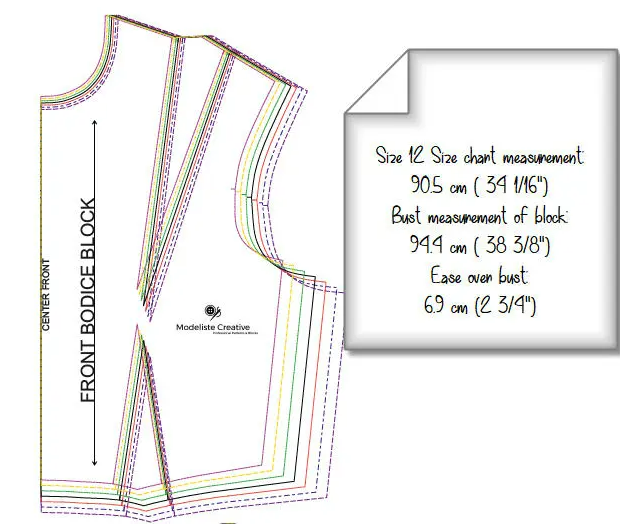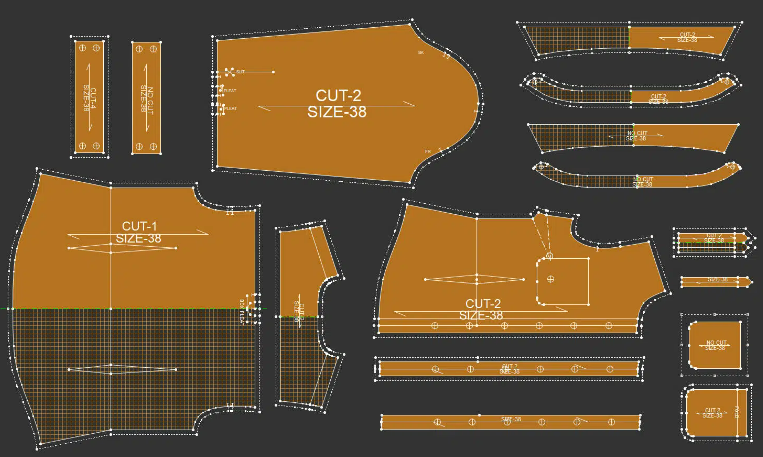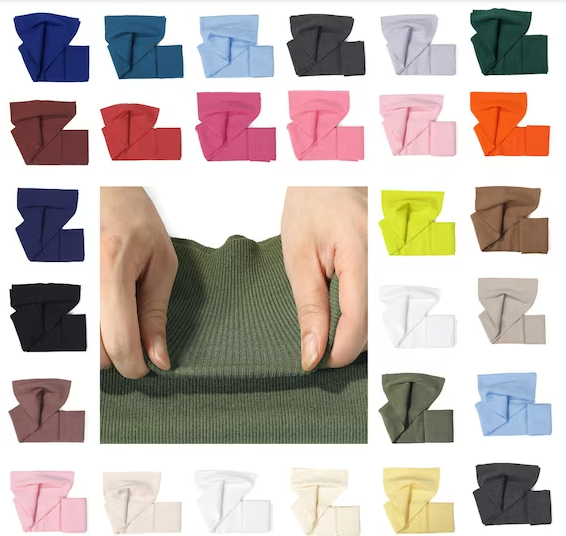Pattern making is the cornerstone of garment production in factories. It is a precise and technical process that serves as the blueprint for creating clothing that not only looks aesthetically pleasing but also provides a proper fit and maximum comfort to the wearer. In a garment factory setting, pattern making is a well – coordinated activity that involves a combination of art and science.
I. The Role of Accurate Body Measurements
- Initial Data Collection
- In a garment factory, the first step in pattern making for ensuring fit is to collect accurate body measurements. Trained technicians use standardized measurement techniques. For example, they measure the bust, waist, hips, shoulder width, and inseam length with precision tools such as measuring tapes. These measurements are usually taken from a sample group that represents the target market’s body shapes and sizes. For instance, if the factory is producing women’s jeans, measurements are taken from a diverse range of female body types to create a size chart that can accommodate different customers.
- Size Charts and Standards
- Based on the collected measurements, garment factories develop size charts. These charts are essential as they provide a reference for pattern makers. For example, in the European sizing system, a specific set of bust, waist, and hip measurements are associated with each size. Pattern makers use these standards to create patterns that are proportionate to the different sizes. The consistency in using size charts helps to ensure that the garments produced will fit the intended customers within a reasonable margin of error.

II. Ease Allowance for Comfort
- Types of Ease
Pattern makers in garment factories incorporate “ease” into the patterns. There are two main types: wearing ease and design ease. Wearing ease is crucial for comfort. For example, in a shirt pattern, wearing ease allows enough room for the wearer to move their arms freely, bend, and sit without feeling restricted. A typical wearing ease for a men’s dress shirt around the chest might be around 2 – 4 inches more than the actual chest measurement. Design ease, on the other hand, is added for style purposes. For instance, a loose – fitting bohemian – style top might have a significant amount of design ease to achieve its flowing silhouette.
- Calculation and Application
- The amount of ease is carefully calculated based on the type of garment and its intended use. For activewear like running pants, more wearing ease is added around the thighs and knees to allow for a full range of motion during exercise. The ease is then incorporated into the pattern by adding extra width or length in the appropriate areas. For example, when making a pattern for a skirt, ease might be added around the hips and waist to ensure that the wearer can walk and sit comfortably.

III. Pattern Drafting and Modelling
- Drafting Techniques
- Pattern makers use a variety of drafting techniques. They start with basic geometric shapes and then modify them according to the design and fit requirements. For example, when creating a pattern for a jacket, they begin with rectangles for the body panels and triangles for the sleeves and then shape them to fit the body’s contours. They use drafting tools such as rulers, French curves, and hip curves to draw accurate lines and curves. These precise lines ensure that the different parts of the garment will fit together well and conform to the body’s shape.
- Modeling and Fitting
- In garment factories, muslin or toile is often used to create a test version of the garment. This test garment is then fitted on a mannequin or a fit model. The fit model provides valuable feedback on the fit and comfort of the garment. For example, if the sleeves are too tight or the neckline is too loose, the pattern can be adjusted accordingly. This process of modeling and fitting is iterative. The pattern is refined multiple times until the desired fit and comfort level are achieved.

IV. Grading for Multiple Sizes
- The Concept of Grading
- Grading is a vital part of pattern making in garment factories. It involves scaling the pattern up or down to create different sizes. For example, if a pattern is created for a size medium, grading allows the pattern maker to create patterns for sizes small and large as well. The grading process ensures that the fit and proportion of the garment are maintained across different sizes.
- Grading Systems and Software
- Garment factories use grading systems and software to ensure accuracy. These tools use mathematical algorithms to calculate the changes in measurements for each size. For example, as the size increases, the width of the garment at the bust, waist, and hips is increased proportionally. The software also takes into account the ease allowance and other fit – related factors to ensure that the larger or smaller sizes have the same level of comfort and fit as the base size.

V. Consideration of Fabric Properties
- Fabric Stretch and Recovery
- Different fabrics have different stretch and recovery properties. In pattern making, this is a crucial factor for fit and comfort. For example, a stretchy fabric like spandex – blended denim requires a different pattern than a non – stretch traditional denim. The pattern for the stretchy denim might have less ease in certain areas because the fabric itself provides some give. On the other hand, for a non – stretch fabric, more ease might be needed to ensure comfort.
- Fabric Weight and Drape
- The weight and drape of the fabric also influence the pattern. A heavy fabric like a woolen coat fabric will drape differently than a light – weight chiffon. The pattern for a heavy fabric might need to be adjusted to account for its tendency to hang more stiffly. For example, in a dress made of heavy fabric, the pattern might include more shaping and structure to ensure that it doesn’t overwhelm the wearer and still provides a comfortable fit.

Pattern making in garment factories is a complex and meticulous process that encompasses multiple steps and considerations. By focusing on accurate body measurements, appropriate ease allowances, precise drafting, effective modeling and fitting, accurate grading, and consideration of fabric properties, garment factories can ensure that the patterns they create result in garments with proper fit and comfort. This not only satisfies the customers’ needs but also enhances the reputation of the factory in the highly competitive garment industry.

